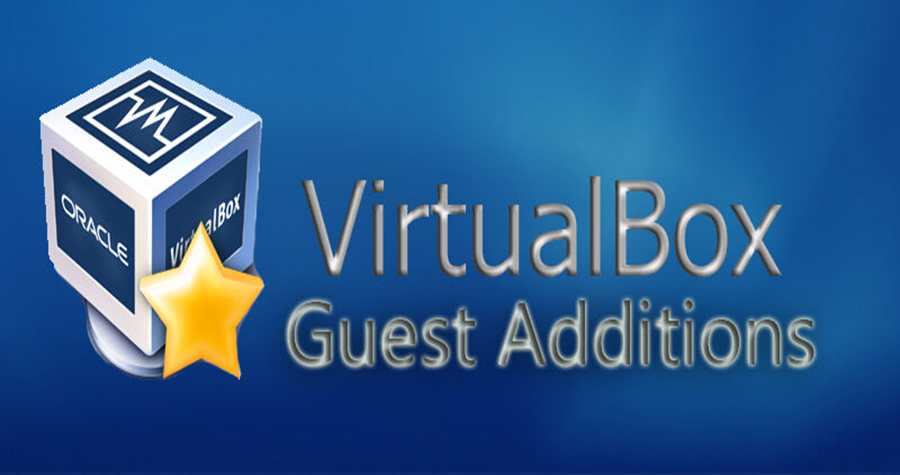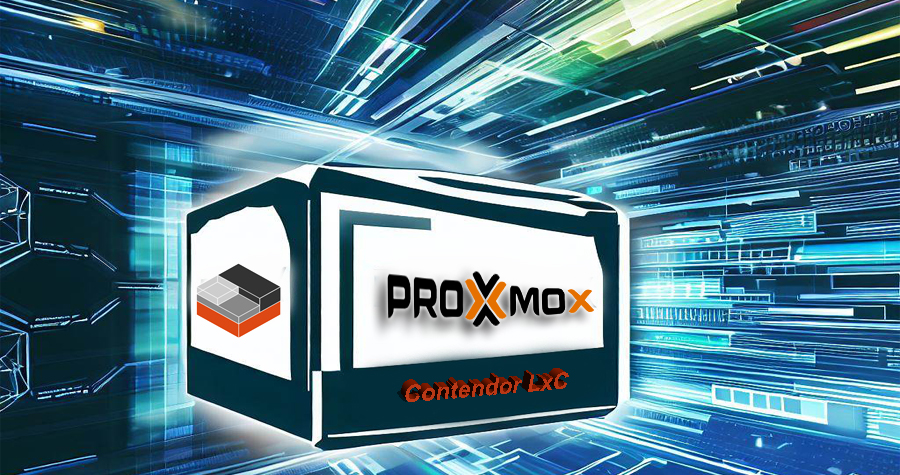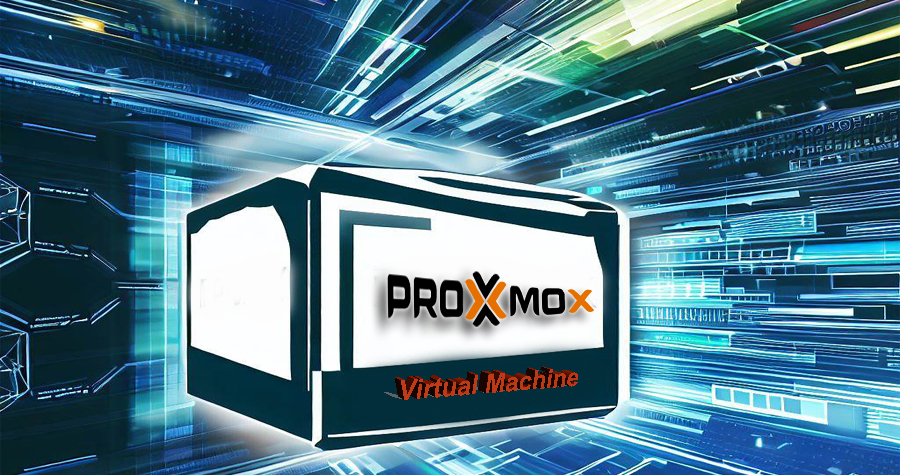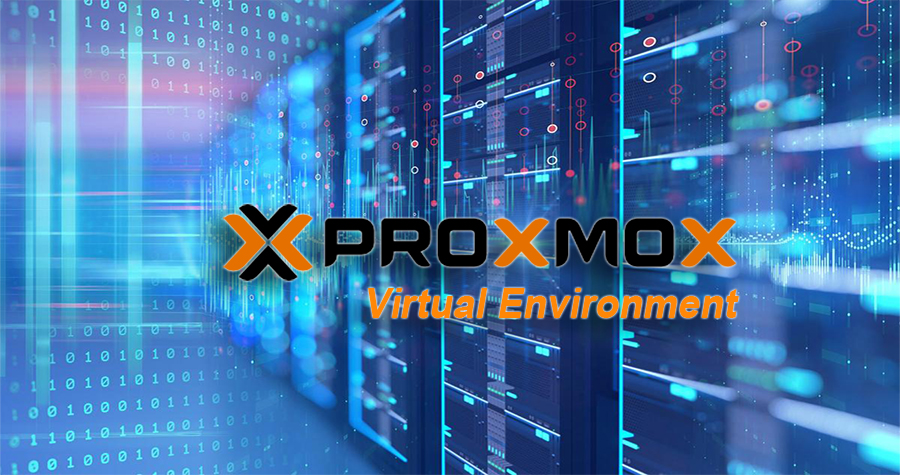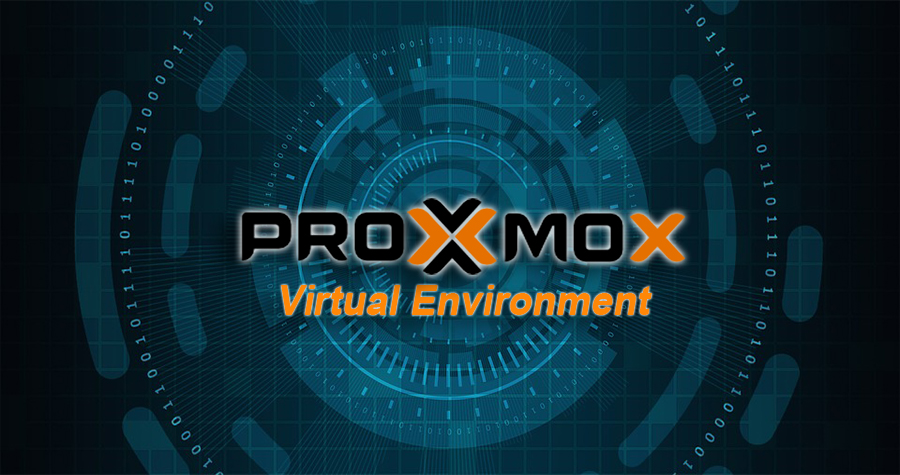An important step after installing an Operating System on a computer is the installation of hardware drivers (Drivers). In some cases, the operating system is capable of putting many of what is needed, but in others it is not.
If you are interested in learning more about hardware drivers, you can click on the following link that will take you to an article we prepared on the subject.
Hardware controllers or “Drivers” What are they, and why are they important for our computer?
In virtual machines, the situation is the same. Virtualization software emulates hardware and like all hardware requires drivers to function. The operating system during its installation may have installed some generic drivers, but we will have to install the missing ones ourselves. These VirtualBox drivers are known as “Guest Additions” and they are the ones that will guarantee good integration between the operating system of the virtual machine, the virtualization software and the operating system of the real machine.
Requirements to install Guest Additions
1-Have VirtualBox installed, if not, you can see the following article that will explain how to do it in Microsoft Windows.
Installing VirtualBox on Microsoft Windows
2-Have a virtual machine configured for Microsoft Windows, otherwise you can see this article that will guide you step by step how to do it.
Creating a virtual machine in VirtualBox for Microsoft Windows
3-Have Microsoft Windows installed in the virtual machine, if you have any questions you can see the article
Installing Microsoft Windows 10 from scratch step by step
Steps to install Guest Additions
We start by starting the Microsoft Windows virtual machine. In the virtual machine window, we go to the “Devices ” / Optical drives menu and see if the Windows installation disk is still connected according to the indicator at the beginning of the option. If so, we click on the last option that says “Delete disk from the virtual drive ”, and we return to the “Devices” menu and choose the last option “Insert Guest Additions CD image ”, as shown in the image below. Continuation.

Once the previous step is done, we can open the file explorer by clicking on the yellow folder on the taskbar. The system shows a window, on the left side we select This team. There appears a CD placed in the virtual tower and its icon is that of VirtualBox as shown in the image.

Next we open the CD and run the installer according to the system we have installed. In our case it is a 64-bit Windows 10 so we will run the 64-bit installer VBoxWindowsAdditions-amd64.exe, as shown in the image.

Once executed, the system will show us a confirmation window like the one shown in the image. We click Yes to continue.

Once the installation program is run, a wizard like the one shown in the following image will appear, in which we will click “Next” to continue.

We click on “ Next ” again to continue.

Now the installation program will show the features that will be installed, we must make sure that all of them are marked as shown in the image, and we proceed to click on “Install” to begin the installation.

The installation should look like the image.

During the installation, the system will ask us for confirmation so that the drivers can be installed as shown in the image. There, we will click on Install.

Once the installation is complete, click the “Finish” button and wait for the virtual machine to restart completely.

After restarting the virtual machine, we notice that by displaying the notifications area that appears hidden, we find the VirtualBox icon.

Finally, we open the file explorer and go to This computer. There we see that the shared folder that had been specified when the virtual machine was created appears. Through this folder, we can copy things between the virtual machine and our real operating system. We can also drag files from our desktop into the virtual machine and these will be copied.

If you have followed this brief tutorial up to this point, you already know how to install VirtualBox Guest Additions on a virtual machine with Microsoft Windows. To remove the Guest Additions CD from the virtual machine tower, we go to the Devices menu, Optical Drives and in that submenu we choose the last option “Remove disk from the virtual drive ”.


